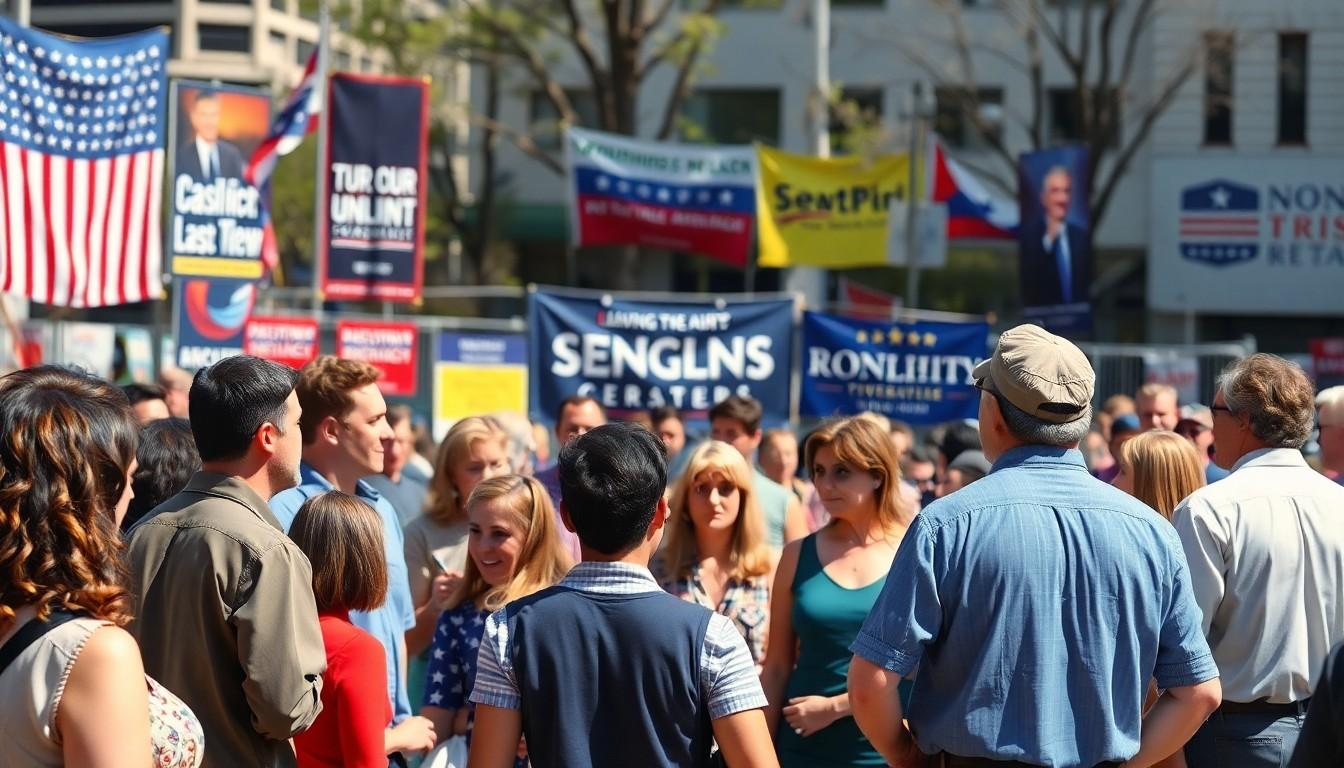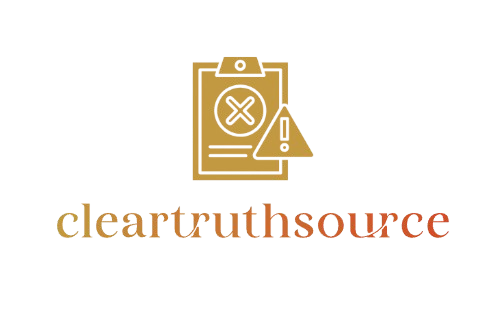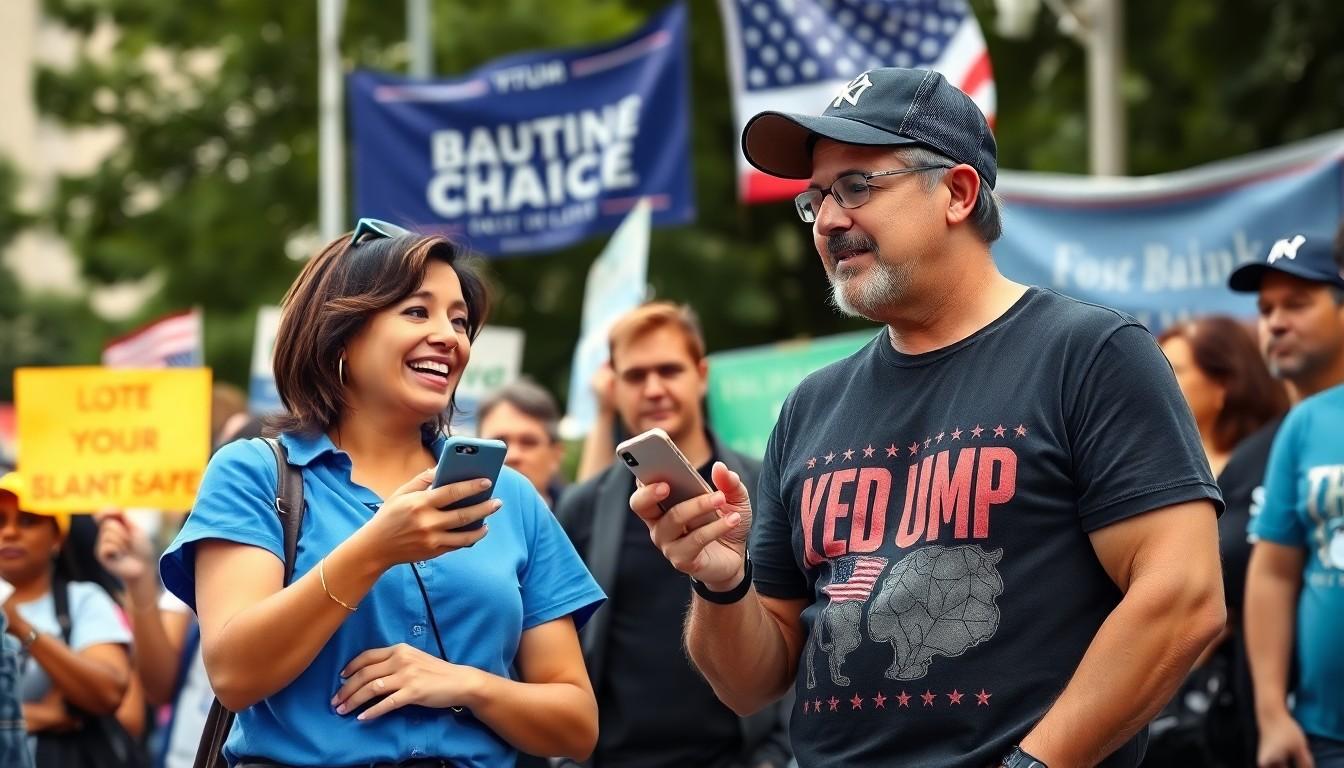Political messages shape opinions, spark debates, and sometimes even make people laugh—whether they intend to or not. From catchy slogans to viral memes, these messages can influence everything from local elections to global movements. In a world where social media reigns supreme, the way politicians communicate has evolved dramatically, making it essential to understand the art and science behind their messages.
Understanding Political Messages
Political messages serve as key communication tools that shape public perception and drive discourse. Grasping these messages is essential for analyzing their impact on society.
Definition and Importance
Political messages convey information about policies, beliefs, and actions from various political figures and organizations. These messages inform voters, influence opinions, and motivate civic engagement. Their importance lies in the ability to frame issues, provoke discussions, and mobilize support. Clarity in messaging can enhance voter understanding of complex topics, while emotional resonance often sways public sentiment. Effectiveness in communication leads to higher electoral participation and informed decision-making among the electorate.
Types of Political Messages
Numerous types of political messages exist, each with distinct purposes. Campaign slogans create memorable phrases that resonate with voters. Advertisements aim to persuade and inform the audience about candidates or issues. Social media posts engage users and foster discussions, often amplifying viral content. Press releases provide formal announcements and updates regarding policies or events. Speeches inspire and unite supporters, solidifying a candidate’s vision. These types play an integral role in shaping political narratives and influencing public attitudes.
Historical Context of Political Messages

Political messages have evolved significantly, reflecting changes in society and communication methods. Understanding this evolution provides insight into their current impact.
Evolution Through Time
Political messaging began with simple pamphlets and public speeches in the 18th century. The advent of print media brought broader distribution, reshaping how messages reached the public. Radio emerged next, allowing politicians to connect directly with voters. Television added a visual component, enhancing emotional appeal. Fast forward to the internet and social media, where messages spread instantly and globally. These platforms transformed engagement, making political content interactive and shareable. Strategic use of hashtags and viral trends amplifies a message’s reach, illustrating a shift from one-way communication to participatory dialogue.
Key Examples in History
Notable moments in political messaging reflect its power. Franklin D. Roosevelt’s “fireside chats” used radio to instill confidence during the Great Depression. Martin Luther King Jr.’s “I Have a Dream” speech inspired millions and shaped civil rights discourse. The 2008 Obama campaign effectively utilized social media to mobilize young voters. In recent years, memes have emerged as potent tools, driving engagement around issues like climate change. Each example showcases how political messages adapt to their time, influencing public opinion and action.
Analyzing Political Messages Today
Political messages continue to evolve, driven by various media influences and the growing importance of social platforms. Understanding these dynamics reveals trends shaping public perception and engagement.
Media Influence on Political Messaging
Media influences political messaging through the widespread dissemination of information. News outlets play a critical role in framing issues, informing the public about policies and candidates. This framing often shapes how audiences perceive political narratives. Events receive varied coverage, impacting public opinion based on the focus of reporting. Visual elements, such as images and sound bites, also enhance messages, making them more memorable. In times of crisis, media can amplify messages, ensuring they reach a large audience quickly. Attention to media strategies enables political actors to tailor their approaches for maximum impact.
The Role of Social Media
Social media platforms have revolutionized political messaging, creating new avenues for communication. These channels facilitate direct interactions between politicians and constituents, fostering a sense of community. Engagement on platforms like Twitter and Facebook allows for rapid dissemination and feedback. Users share content widely, enabling messages to go viral and reach diverse demographics. Political campaigns now target specific audiences based on interests and behaviors, utilizing data analytics for precision. Additionally, social media’s interactive nature encourages participation and dialogue, enhancing civic engagement. The immediacy of these platforms creates a demand for timely, relevant messaging that resonates with voters.
Impact of Political Messages
Political messages significantly shape public sentiment and discourse. Their ability to convey information effectively enhances engagement and influences opinions.
Public Perception and Opinion
Public perception shifts in response to political messages. Slogans and visuals play a crucial role in framing issues and emotions. Campaigns that resonate with voters often drive participation and interest in specific topics. Emotional appeals and memorable phrases can create lasting impressions. This connection influences how individuals interpret policies and candidates. Research indicates that clear, impactful messaging leads to greater voter mobilization. Voters tend to engage more when messages align with their values and concerns.
Case Studies of Successful Campaigns
Successful campaigns demonstrate the power of strategic messaging. Barack Obama’s 2008 campaign utilized social media to foster a sense of community and engagement. His slogan, “Yes We Can,” captured hope and change, resonating with diverse demographics. Similarly, the “Make America Great Again” slogan during Donald Trump’s 2016 campaign galvanized supporters and created a strong identity. These examples highlight how focused messaging shapes political narratives and motivates followers. Campaigns that effectively harness data analytics personalize communication, enhancing relevance and impact. Each instance illustrates the ongoing evolution of political messaging in modern electoral strategies.
Conclusion
Political messages continue to play a pivotal role in shaping public opinion and driving civic engagement. Their evolution from traditional formats to modern social media strategies highlights the necessity for both politicians and voters to adapt to changing communication landscapes. As these messages become more interactive and participatory, understanding their impact is crucial for fostering informed discourse.
The effectiveness of political messaging not only influences voter behavior but also reflects societal values and concerns. By recognizing the power of slogans and visuals, individuals can better navigate the complexities of political narratives and contribute to meaningful conversations. Ultimately, the ongoing transformation of political communication underscores its significance in a democratic society.

